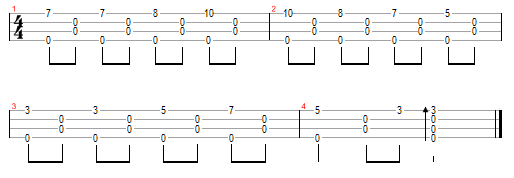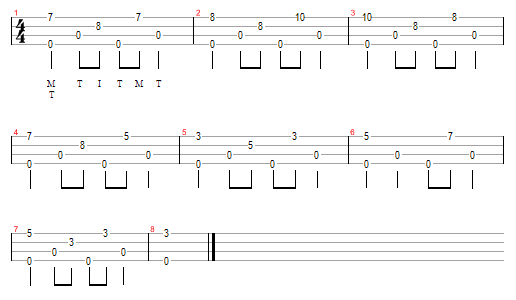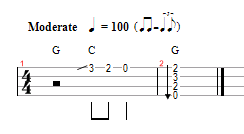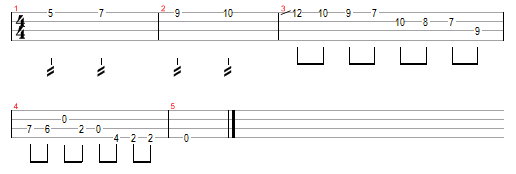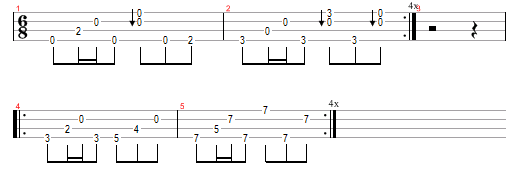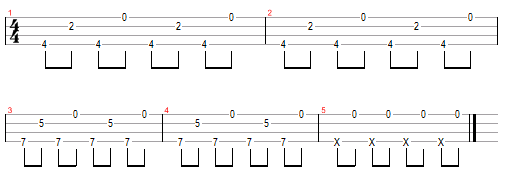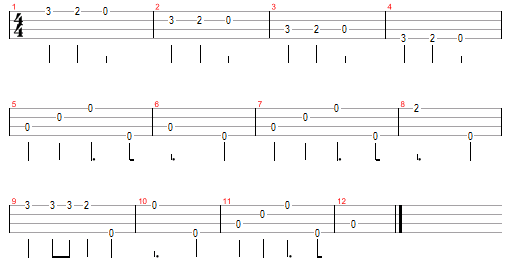The ukulele seems to attract more than its share of bullshit. So here’s a list of stuff – much of which I may have propagated at some point – that whiffs heavily of balls.
Some of these are written from a devil’s-advocate perspective and I haven’t made my mind up on some issues. So feel free to disagree with any or all of these in the comments.
1. It’s easy to play the ukulele.
There was a lot of this talk at Ukelear Meltdown. Their website embarrassingly declares that the uke can be, “mastered in a matter of months.” But that’s not as embarrassing as the act took to the stage saying how easy it was to play the uke, then went on to fluff chord changes so badly he ground to a complete halt on a couple of occasions.
The ukulele might be a relatively simple instrument to pick up and get going on but to make it an instrument you can do wonderful things on is, as with all instruments, very difficult.
For more of this argument, check out 10 Reasons It’s Easier to Play the Guitar than the Ukulele
2. Ukulele means ‘jumping flea’ in Hawaiian.
The story of Edward ‘Jumping Flea’ Purvis and his love of the instrument has become the default translation, but it has plenty of competitors. And it didn’t take hold until long after the ukulele pioneers were long dead. And Queen Liliuokalani herself said ukulele means ‘gift from afar’.
John King, who is the foremost scholar on this sort of thing, refers to George Kanahele’s five competing stories of how the ukulele was named.
It’s also worth noting that, as well as ‘flea’, one of the definitions of ‘uku is, “small, tiny.” which would seem to be a more likely candidate for naming. And there’s a theory it developed from the Hawaiians’ previous instrument of choice the Ukeke.
3. Ukuleles should be taught in schools.
The most worrying aspect of the current ukulele boom is how much their use has taken off in schools. Schools tend to be very bad at imparting a life long love of anything – I can’t think of a single thing I was introduced to in school that I still enjoy. I dare say if I’d been forced to play the uke at school I wouldn’t be playing it now.
If schools inculcated a life long love of a musical instrument, the recorder would be the most popular instrument in the country.
4. Ukulele festivals are a good idea.
I don’t want to rag on Ukelear Meltdown again – plenty of people obviously loved it – but it has convinced me to reduce my ukulele festival outing plans this year (possibly as far as zero).
It’s safe to say I have a higher ukulele-tolerance-threshold than most. But even I wouldn’t choose to listen to only ukulele music for three days straight. And there does seem to be a tendency to include acts for the instrument they use rather than any talent.
A ukulele festival really needs a very diverse bill to be interesting – something some of the line-ups I’ve seen this year don’t have.
5. The ukulele is a good instrument to learn before progressing to guitar.
While being able to play the ukulele is going to give you a good grounding for playing the guitar, the ukulele isn’t just a guitar with training wheels. It’s worth learning in its own right. There’s a vast gulf between what is most effective on a ukulele and what is most effective on a guitar.
If you want to play the guitar, learn the guitar.
My argument does collapse when you look at a list of people who started on ukulele before “progressing” to guitar: Jimi Hendrix, Eric Clapton, Brian May, Dick Dale.
6. Koa is the best wood for ukuleles.
Koa ukuleles come with a big premium these days. Just compare the prices of a Martin 2K and a Martin 2M.
It does look nice but does it sound any better than mahogany? Not to my ears.
7. Tenor ukuleles are louder.
Not always. The size of the uke is relatively unimportant compared to factors like wood, thickness and lightness of construction.
8. ‘Ukelele’ is a misspelling.
Not according to Merrium Webster or pretty much any dictionary you care to consult. ‘Ukelele’ is a perfectly acceptable variation.
9. You should write ‘ukulele with an ‘okina.
Some people are very vociferous about the use of the Hawaiian ‘okina when writing ukulele, even editing it in to people who choose not to use it. The second half of this article makes a great job of fighting pedantry with pedantry by pointing out that if you’re using ‘ukulele as a foreign word in an English text you should have it in italics.
10. Record labels are shooting themselves in the foot attacking YouTube covers and lessons.
If I was the head of a record company and desperate to preserve my moribund way of doing things, I’d be banning every tutorial, tab and YouTube cover as well. Anything to stop people finding out that a) you don’t need and A&R guy’s approval to make music and b) making music is more fun than listening to it.
Last Minute Addition: There aren’t enough ukulele competitions around.
This one was inspired by Ukulala’s post today about the benefits of ukulele competitions.
As a reader, I’m am very bored of ukulele competitions. There’s no real value to them in the long term. I’m never much interested in entering a competition where there’s a prize I could just buy if I wanted.
From the blogging perspective, competitions might provide a nice boost in traffic for a few days but they aren’t a substitute for putting in the hard work and building a site worth visiting.



